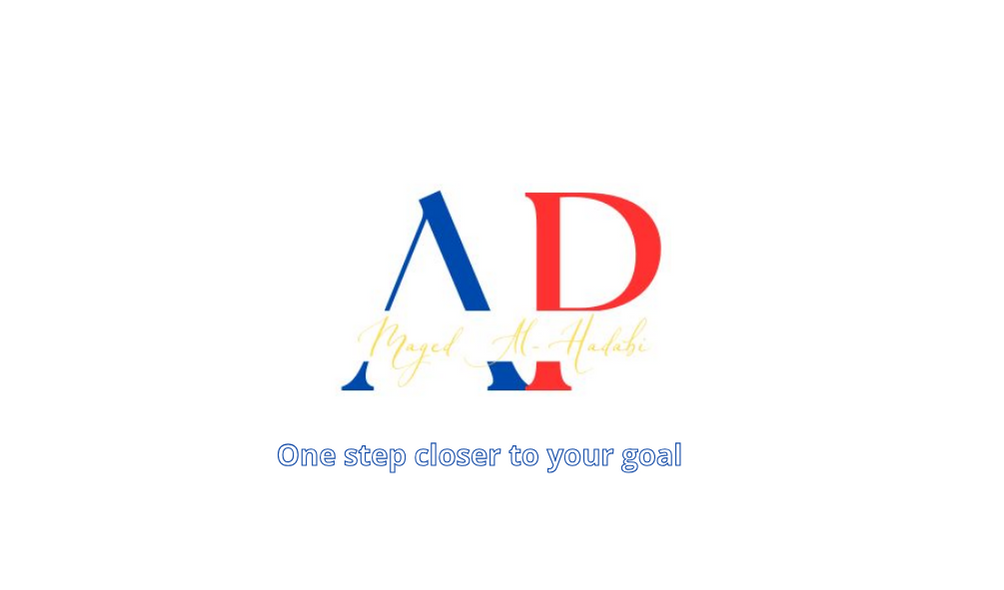Before
explaining the SHELL Model Human Factors, I will explain the Human Factors. FAA
defines Human Factors as a “multidisciplinary effort to generate and compile
information about human capabilities and limitations and apply that information
to equipment, systems, facilities, procedures, jobs, environments, training, staffing,
and personnel management.
Simply
I can say that Human Factors are the practice of applying scientific knowledge to
reduce human error.
In
this article, I wrote about SHELL Model Human Factors, the name being derived from
the initial letters of its components, Software, Hardware, Environment, Liveware).
It was first developed by Edwards in 1972, with a modified diagram
to illustrate the model developed by Hawkins in 1975.
Why do Humans Make Errors?
Human
error is defined as a human action with unintended consequences. Humans make errors
for a large number of reasons such as:
- Because they have not been adequately trained to perform tasks.
- Because they do not have the basic ability to perform the task even if they were trained - Because the task is beyond normal human abilities.
- Because they misinterpret information important to the performance of the task.
- Because some event occurring during the performance of the task changes the nature of the task in a way that they have never encountered.
- Because of the influences of many human factors such as stress, distraction, fatigue, illness, visual illusions, spatial disorientation, old age, immaturity, cultural beliefs, and the list goes on and on.
The
above-mentioned causes of human error, are encompassing a wide range of challenges
that influence people very differently as humans do not all have the same capabilities,
strengths, weaknesses, or limitations.
The
study and application of human factors are complex because there is not just one
simple answer to fix or change how people are affected by certain conditions or
situations.
Understanding SHELL Model Human Factors
It
is helpful to use a model to aid your understanding of Human Factors, as this allows
a gradual approach to comprehension. In the SHELL Model Human Factors, the following
components are used:
[ L] Liveware (Humans)
Humans,
the [L]- Liveware is at the center of the SHELL Model Human Factors, all other aspects
(Software, Hardware, and Environment) must be designed or adapted to assist human
performance and respect human limitations. If
these two aspects are ignored, the humans - in this case, the aviation professionals
- will not perform to the best of their abilities, may make errors, and may compromise
safety. Liveware-Liveware
is the interface between people (leadership, crew cooperation, teamwork, and personality
interactions). Safety
deficiencies may occur due to:
- Bad relationships between workers.
- Shortage of manpower.
- Lack of supervision.
- Lack of support from managers
[ H] Hardware (Machine)
The
liveware-Hardware interface is the one most commonly considered when speaking of
human-machine systems. For example, the design of seats to fit the sitting characteristics
of the human body, of displays to match the sensory and information processing characteristics
of the user, and controls with proper movement, coding, and location.
e.g., tools,
test equipment, the physical structure of aircraft, design of flight decks, positioning
and operating sense of controls and instruments, etc.).
[ S] Software (Procedures, Symbology, etc.)
Liveware-
Software, encompasses humans and the non-physical aspects of the system, such as
procedures, manual and checklist layout, symbology, and computer programs.
[ E] Environment (the situation in which the L-H-S system must function).
The
human-environment interface was one of the earliest recognized in flying. Initially,
the measures aimed at adapting humans to the environment. The
liveware-Environment interface must consider perceptual errors induced by environmental
conditions such as temperature, pressure, humidity, noise, time of day, light, darkness,
etc.
Summary
SHELL
Model Human Factors awareness can lead to improved quality, an environment that
ensures continuing worker and aircraft safety, and a more involved and responsible
workforce. More specifically, the reduction of even minor errors can provide measurable
benefits including cost reductions, reduction in work-related injuries, and reduction
in more significant events that can be traced back to human error.
The SHELL
concept diagram does not cover the interfaces which are outside Human Factors (hardware-hardware;
hardware-environment; software-hardware) and is only intended as a basic aid to
understanding Human Factors.
SHELL
Model Human Factors is a very interesting subject because it is one of the most
significant opportunities to make aviation both safer and more efficient. Further
reading:
1-
UK CAA, CAP 719, Fundamental Human Factors Concepts.
Tags:
Human Factors

